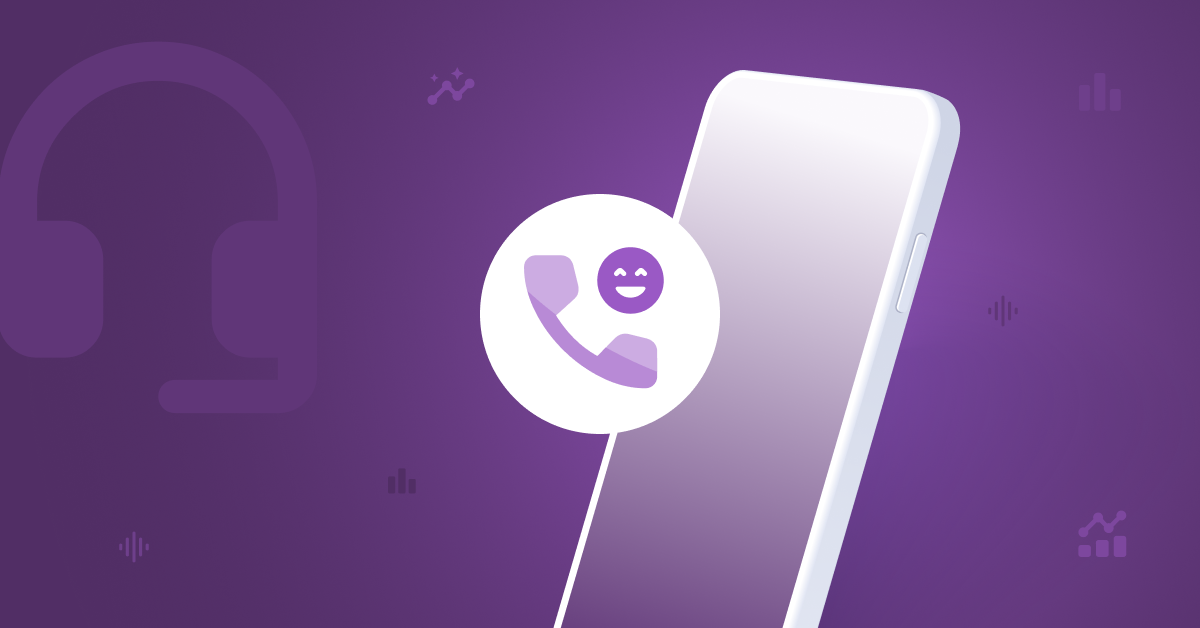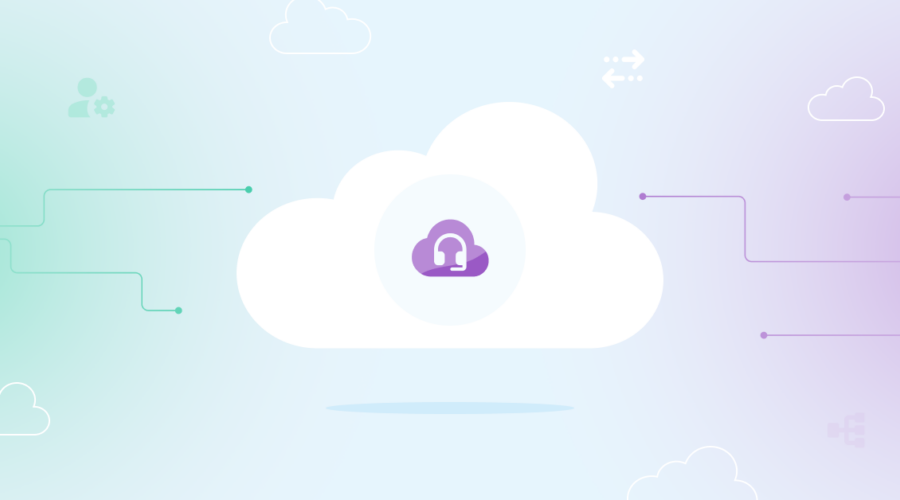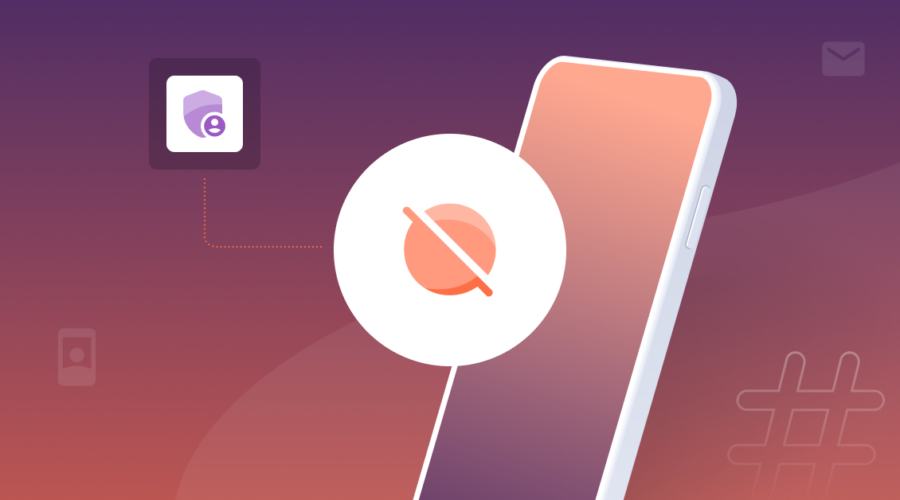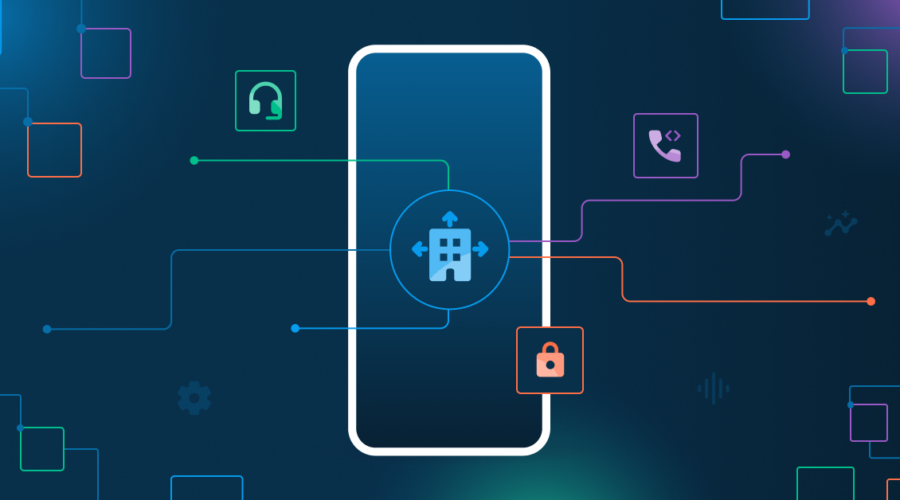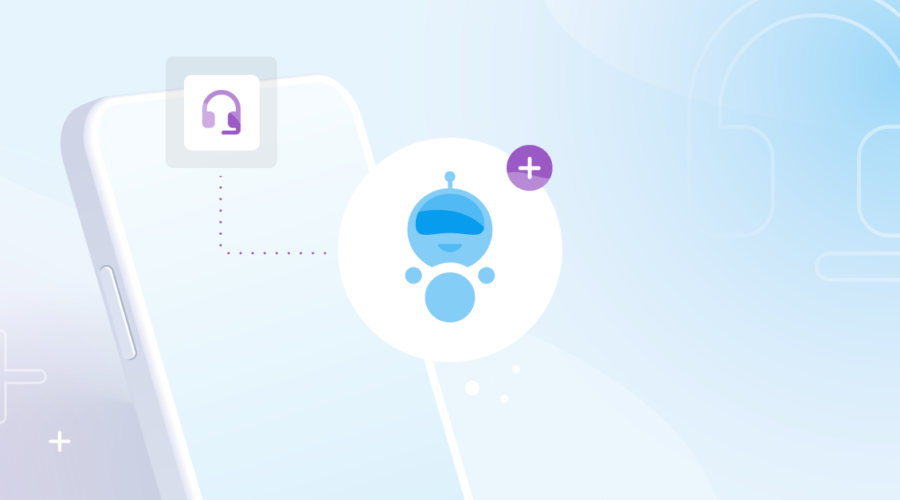76% of consumers say they’d stop doing business with a company after just one bad experience. Meanwhile, 63% say they’d pay more for great customer service.[1] When customer experience (CX) has such direct revenue implications, companies must step up the tracking and optimizing of call center Key Performance Indicators (KPIs).
Businesses aren’t just CX-led today. We now describe customer service metrics more definitively and acknowledge that agent experience has a vital role in improving customer satisfaction. But, how do you identify the call center KPIs that really matter for your business and inspire the best from your agents?
10 call center metrics and KPIs
As contact center goals differ, so will their KPIs. We’ve compiled a list of top 10 call center metrics to get you started and find the best fit for your contact center.
1. Average Handle Time
In a call center, Average Handle Time (AHT) tells you the average duration of an entire call or a transaction from start to end. This includes starting the call, hold time, conversation time, and other activities performed during and after the call by the agent.
Avg. Handle Time = Total call time including all call activities / Total no. of calls
While bringing your AHT down to a minute is a dream, there’s a better way to balance call center efficiency with genuinely helping customers. You can set a reasonable range for your organization’s AHT using past data and assess against the range.
This helps you:
- spot spikes in AHT that could indicate that agents are receiving more complex issues than you anticipated or they aren’t sure how to resolve queries or help customers. This is easy to fix with training and support for your agents.
- spot if an agent stays consistently below the AHT limit. Either they are a star performer or they might be rushing through calls and not fully addressing customer issues.
On average, a good AHT is around 6 minutes per call or contact. However, this can differ significantly with your call center’s context. Learn more about how to improve your AHT here.
2. First Call Resolution
First Call Resolution (FCR) shows you the percentage of customer inquiries or problems resolved on the first call without needing a second intervention from the agent. If we measure this for calls as the only channel, it’s First Call Resolution. First Contact Resolution tracks the first interaction regardless of the channel used—chat, phone, or email.
First Call Resolution (%) = (Resolved Incidents on First Contact / Total Incidents) * 100
This call center KPI should be treated with caution because:
- FCR can end up emphasizing fast resolution rather than the best resolution and in turn impact customer satisfaction in the long run.
- A customer’s previous interactions may impact FCR. It penalizes the agents who help a customer on their second or third touchpoint, even if it’s that agent’s first interaction with that customer.
A low FCR could indicate the need to train agents better or get them connected to specialists without swivel chair. An abnormally high FCR could mean that the agents are rushing resolution. To find out if your contact center sits at a happy medium, it can be helpful to cross-check FCR against Net Promoter Score (NPS) or Customer Satisfaction (CSAT). This will tell you if your resolution process matches the complexity of issues being handled by your contact center by showing if customers are truly satisfied with their support – essentially if you’re meeting or falling short on expectations.
3. Active Contact Resolution
A popular alternative to FCR is Active Contact Resolution (ACR). ACR is the percentage of your agent’s interactions that don’t require a customer to call back within a given timeframe, like 1, 3, or 7 days. Essentially, you score an agent for their successful resolution during their own interactions.
Contact center pioneers like SharpenCX have built ACR reporting natively into their platform and advocate to monitor it simply because:
- Happy agents make happy customers. 87% of call center workers report high or very high stress levels at their call centers[2]. Whereas the top drivers of CX are friendly, helpful, knowledgeable customer representatives[3].
- FCR is not in the agent’s control. It may depend on the customer’s interaction history. Meanwhile, ACR ties them directly to their own interactions.
When agents feel more in control of their metrics, they work harder to deliver better service.
4. Percentage of Calls Blocked
This call center KPI demonstrates the percentage of callers who receive a busy tone when they call in i.e. the call doesn’t reach your agents. This could happen automatically when the inbound call volume you’ve defined for your call center is exceeded and new calls are blocked.
Percentage of Calls Blocked = (Calls that don’t reach agents / Total inbound calls ) * 100
If this call center metric is higher than expected, it could indicate:
- You need more inbound call capacity and more agents manning the calls
- Customer interactions are running too long, delaying or blocking new calls
Your call center can also block calls if you suspect fraud or spam. Fraud rates rose 40% in 2022 compared to the previous year[4]. To combat rising this, call centers are setting up caller authentication to route suspicious calls away and protect agents’ valuable time.
5. First Response Time
With customers’ limited patience, it’s important to minimize the time it takes for an inbound caller to be attended to. First Response Time (FRT) is a great way to monitor this, referring to the average time it takes the agent to respond to a customer after they’ve raised an issue.
FRT is calculated for a specific duration by dividing the total first response times by the total number of cases resolved, both in that period.
First Response Time = Total FRTs during that particular hour/Total number of resolved tickets
Call centers often create FRT targets by service level. For instance, higher-tier customers on paid support plans may hold higher expectations than customers with unpaid support. Or there may even be required response times due to an SLA. It helps call centers plan staffing requirements to have enough agents on board so that customers are responded to quickly.
6. Average Call Abandonment Rate
Abandonment is never pleasant. For call centers especially, it can affect your performance. The average call abandonment rate measures how often a customer hangs up before they reach the agent.
Abandonment rate =( (No. of inbound calls – No. of calls handled)/No. of inbound calls) * 100
Customers may abandon calls when they:
- are in the queue too long
- are sent to an IVR menu
- go to the voicemail
- spot a faster channel option
5% is considered an acceptable limit for this call center KPI. Higher figures may suggest customers aren’t reaching agents as fast or as directly as they like.
7. Net Promoter Score
Net Promoter Score is one of the widely used call center KPIs. It’s measured based on a single question, likely asked at the end of customer service or a purchase:
“How likely are you to recommend [Company X/Product Y/Service Z] to a friend or colleague?”
The scores from customers range from 0 (not likely) to 10 (extremely likely) and fall into three categories:
- Promoters are customers who score you 9 or 10, are loyal, and likely to spread the word about you.
- Passives are customers who rate you 7 or 8. They are satisfied with your service/product but not active promoters.
- Detractors are customers who rate you 0-6. They are likely unsatisfied with their purchase or service and will not stay loyal to the brand or promote it.
NPS = Percentage of promoters – Percentage of detractors
While Net Promoter Score is a key customer service metric, its variation, employee Net Promoter Score (eNPS), can also be used to measure employee satisfaction.
8. Cost Per Call
Cost per call is a key call center metric that indicates the expense of a call. It calculates the total cost, including operational and capital expenditures, of a single customer call. This metric reflects how efficiently costs are managed in a call center.
It’s calculated for a particular duration as:
Cost Per Call = Total expenditure ÷ (Calls offered – Calls abandoned)
Cost per call should also be used judiciously. As per industry benchmarks, a good cost per call is between $2.70-5.60. However, a single-minded focus on reducing cost per call could impact your investment in skilled agents, telephony and CCaaS platforms, and infrastructure. Note that in some industries the cost per call is high but so is the value generated per interaction.
9. Agent Turnover Rate
59% of agents face the risk of burnout in call centers per a 2023 study[4]. Agents face the daily stress of customer complaints, often unreasonable targets, and abusive language on calls. Burnout fuels agent absenteeism, poor customer service, and lower customer satisfaction scores.
It’s not surprising that contact center leaders are looking to empower their agents and reduce the negative impact on their performance. Agent turnover rate is an important call center metric here.
Agent turnover = (Agent attrition/Average number of employees) * 100
High turnover rates may suggest an unsupportive agent environment. It can affect team morale and force you to reevaluate call scheduling and call center capacity. The costs of hiring and training new agents can further add to your call center troubles.
Contact centers are also leaning heavily on conversational AI to deal with staffing issues and turnover. Quick and easy voice bot integrations in the market help you test, swap, and activate voice bots with ease.
10. Adherence to Schedule
Schedule adherence tracks agent productivity and shows how well agents manage their time while on the job. It measures the percentage of on-the-job time where the agent is available to take calls.
Schedule adherence = (Call handling time+Available time / Total workday) * 100
The additional time may be coffee or bio breaks or lunch hours. Call center managers do not expect agents to handle calls 100% of the time. The usual expected schedule adherence is ~80%. This call center metric is vital because it shows how effectively they are using their time. Sticking reasonably to schedule means customer issues get addressed faster. It aids managers in planning how to use their resources effectively and reduce costs.
How to improve call center metrics
Running a contact center is complex enough. Why add the tracking and monitoring? To make sure that you aren’t tanking your investment and your customer experience with it. Call center KPI tracking helps call center leaders:
- Improve agent and customer experience simultaneously
- Find opportunities to elevate call center efficiency
- See ways to reduce unnecessary costs and cut down productivity drains
- Test out new CX initiatives and their impact on customer satisfaction
Here are a few steps to ensure these call center metrics can make a significant difference to your operations:
- Set a benchmark: Based on your business and industry benchmarks, set your goals for your call center metrics.
- Plan the call center workflow: Figure out trends and behaviors that impact these metrics and design workflows to encourage positive behaviors to meet the benchmarks. Create custom call workflows to best suit your business with MaestroTM.
- Monitor fastidiously: CCaaS platforms often have tools that help track these call center KPIs. Involve human supervision to authenticate your numbers.
- Have periodic check-ins and pivot: It’s vital to review these metrics periodically and if need be, pivot with changes like workflow updates and supplemental training.
- Create an incentive program: A reward system could encourage agents to meet their(reasonable) targets and stay stress-free.
- Create a metric-optimized culture: Without a singular focus on numbers, nurture a culture of metric-based accountability and rewards that helps your teams take the call center metrics seriously.
